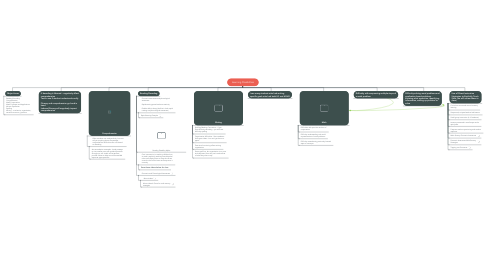Learning Disabilities
da nancy morris


1. Major Areas
1.1. Reading Decoding Comprehension Math Computation Math Concepts and Applications Written Expression Spelling Writing - mechanics, organization, sentence structure, grammar
2. If decoding is labored – negatively affect comprehension Test to see if student understands orally Fluency and comprehension go hand in hand Labored fluency will negatively impact comprehension
3. Comprehension
3.1. Other students can read perfectly, but can’t tell you anything about the passage - comprehension difficulties are not related to decoding
3.1.1. Accommodation examples - break passage up into smaller parts, ask guided questions throughout, use visuals and organizers, provide frames to help structure extended response type questions
4. Reading Decoding
4.1. Phonemic awareness and phonological awareness Rapid naming speed and auto-maticity Double deficit theory (deficits in both rapid naming and phonological awareness)
4.1.1. Rapid Naming Example
4.2. Reading Disability Myths
4.3. Core intervention in teaching children how to read is explicitly teaching sound/symbol rules and helping them to map the correct sound to the correct letter and sequence it correctly
4.3.1. Save these videos below for class
4.4. Phonemic and Phonological Awareness
4.4.1. More videos
4.4.1.1. More videos!!! Great for multi-sensory strategies
